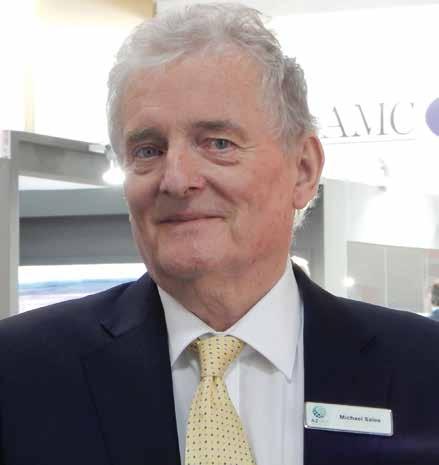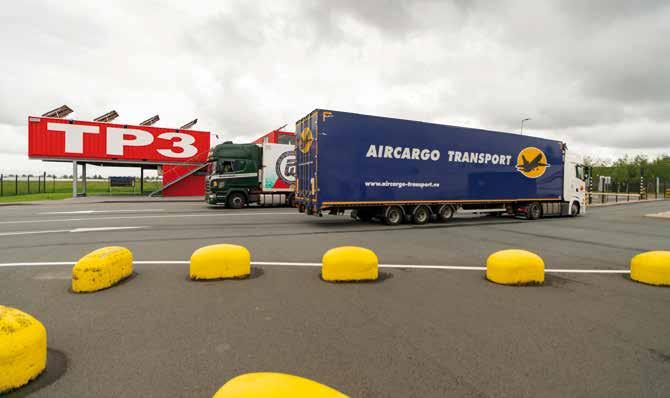32
DOUANE
ICS 2
more control over postal and express shipments A good deal of work has been done in recent years on the Import Control System version 2 in order to offer EU citizens and companies even more protection. ICS 2 is used to collect as much data as possible on goods destined for the EU – even before they are loaded in the country of origin. The first phase of the project focuses completely on postal and express shipments.
The updated ICS 2 declaration system stems from the desire to improve public safety and security, explains Shirley Gerritsen, director of the Customs National Tactical Centre. “9/11 made us realise how vulnerable our society is. Since then, there have also been attacks in Europe. A bomb was even found in an air cargo package. Terrorism thus remains an everpresent threat. ICS 2 provides us with an EU-wide monitoring system that will greatly improve our information position. It automatically improves our automated risk analysis on data on goods entering the EU. By land, air, water or rail.” ICS 2 is not a single defined system. It is sooner a collection of various Dutch and European applications and portals. Because of the size, complexity and impact of ICS 2, it was decided to introduce it in three phases (see box). This is being done in consultation with the business community. Gerritsen: “Step by step we are building that information position together. For the Netherlands, the first phase is limited to PostNL mail items. All other goods flows will be included in phase 2.”
Cargo Magazine
Shoulder against the wheel In phase 1, PostNL is the only supplier in this specific flow of goods. But with 60 million parcels a year, it is by no means a small one. The company will need to put its shoulder against the wheel, says Gerritsen. “For incoming mail consignments, PostNL has to electronically deliver ENS data before departure to the EU. ENS stands for Entry Summary Declaration. Previously, this had to include at least a sufficiently precise description of the goods. In ICS 2 more data needs to be entered. PostNL is changing its work process to comply with this declaration obligation. The company must also be able to receive messages from Customs and process them correctly. But this doesn’t all have to be done at once. They have until October 1 to make sure we actually start receiving the data. This includes information about the sender and recipient of a parcel. Take a shipment declared as a fabric sample, for instance. Is the parcel being sent from an address that a risk analysis of the enhanced ENS data has identified a drug factory? That is a red flag for us. Or does it concern a type of medicine that is banned in the EU? But if the shipment is simply declared as a permitted medicine, there is obviously less
reason for an inspection. The added value of ICS 2 really does lie in this improved information position. The more data we have, the more likely we are to discover irregularities.”
Early risk check It is important that the requested information regarding a shipment is available in ICS 2 before the flight’s departure. This gives EU countries the opportunity to assess any risks before take-off. Gerritsen: “If an automated analysis of declarations reveals such risks, a customs officer will check whether anything is wrong. Customs can ask for additional information or have additional screenings carried out. We work together with the Royal Netherlands Marechaussee (Military Police). If the additional information shows that there is a real threat, the NCTV* will decide whether to issue a do-not-load statement. In that case, the shipment may not be loaded.” A do-not-load statement is not entirely new, says Gerritsen. “The principle is also known in shipping. But that is a completely different type of transport movement. We use a smaller dataset for the assessment. The turnaround time is also a lot longer than with air freight.



























